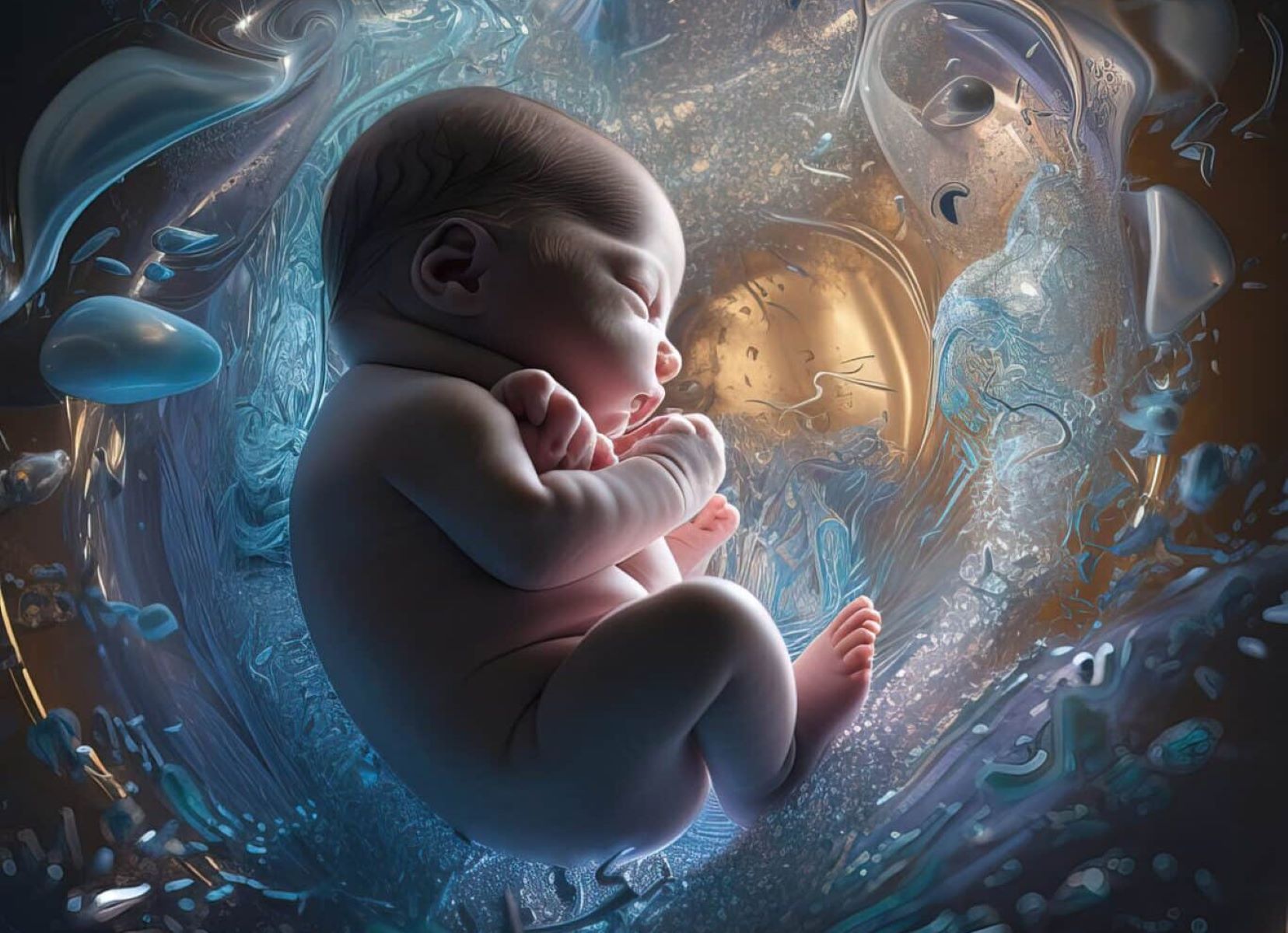
Caesium hydride might sound like something straight out of a science fiction novel, but it's a real compound with some fascinating properties. What is caesium hydride? It's a chemical compound made of caesium and hydrogen. This compound is known for being highly reactive, especially with water, and is used in various scientific applications. Imagine a substance that can ignite spontaneously in air and react explosively with water—that's caesium hydride for you! This compound is not just a lab curiosity; it has practical uses in fields like chemistry and physics. Ready to learn more about this intriguing substance? Let's dive into 30 facts that will blow your mind!
Key Takeaways:
- Caesium hydride is a highly reactive compound with unique properties. It is used in various fields, from nuclear reactors to organic synthesis, but requires careful handling to avoid hazards.
- Handling caesium hydride requires caution and protective equipment due to its reactivity. It is used in nuclear reactors, organic synthesis, and the semiconductor industry, but can cause explosive reactions with water.
What is Caesium Hydride?
Caesium hydride (CsH) is a chemical compound formed by the combination of caesium and hydrogen. It is known for its unique properties and various applications. Let's dive into some fascinating facts about this compound.
-
Caesium hydride is an ionic compound. It consists of caesium cations (Cs⁺) and hydride anions (H⁻).
-
It is highly reactive. CsH reacts vigorously with water, releasing hydrogen gas and forming caesium hydroxide.
-
CsH is a white solid. At room temperature, it appears as a white crystalline powder.
-
It has a high melting point. The melting point of caesium hydride is around 350°C (662°F).
-
Caesium hydride is used in research. It serves as a reagent in various chemical reactions and studies.
-
It is a strong base. CsH can deprotonate many organic compounds, making it useful in organic synthesis.
Chemical Properties of Caesium Hydride
Understanding the chemical properties of caesium hydride can provide insights into its behavior and applications.
-
CsH is hygroscopic. It readily absorbs moisture from the air, which can lead to its decomposition.
-
It reacts with acids. When exposed to acids, caesium hydride forms caesium salts and hydrogen gas.
-
CsH can act as a reducing agent. It can donate electrons to other substances, reducing them in the process.
-
It forms complexes. Caesium hydride can form complexes with various ligands, enhancing its reactivity.
-
CsH is used in hydrogen storage. Its ability to release hydrogen gas makes it a candidate for hydrogen storage materials.
-
It is sensitive to air. Exposure to air can cause caesium hydride to oxidize and lose its reactivity.
Physical Properties of Caesium Hydride
The physical properties of caesium hydride contribute to its unique characteristics and uses.
-
CsH has a high density. Its density is approximately 3.88 g/cm³.
-
It is soluble in liquid ammonia. Caesium hydride dissolves in liquid ammonia, forming a blue solution.
-
CsH is not soluble in organic solvents. It does not dissolve in common organic solvents like ethanol or benzene.
-
It has a cubic crystal structure. The arrangement of atoms in CsH forms a cubic lattice.
-
CsH is thermally stable. It remains stable at high temperatures, up to its melting point.
-
It has a high electrical conductivity. In its molten state, caesium hydride conducts electricity well.
Applications of Caesium Hydride
Caesium hydride finds use in various fields due to its unique properties.
-
CsH is used in nuclear reactors. It acts as a neutron moderator and coolant in some types of reactors.
-
It is employed in organic synthesis. CsH is used to deprotonate organic molecules, facilitating chemical reactions.
-
CsH serves in hydrogenation reactions. It can add hydrogen to unsaturated organic compounds.
-
It is used in the production of caesium compounds. CsH is a precursor for synthesizing other caesium-based chemicals.
-
CsH is utilized in the semiconductor industry. It helps in the deposition of thin films on semiconductor materials.
-
It is a component in some batteries. Caesium hydride is used in specialized battery technologies.
Safety and Handling of Caesium Hydride
Handling caesium hydride requires caution due to its reactivity and potential hazards.
-
CsH is highly reactive with water. Contact with water can cause explosive reactions.
-
It should be stored in a dry environment. Moisture can lead to its decomposition and loss of reactivity.
-
Protective equipment is necessary. Handling CsH requires gloves, goggles, and protective clothing.
-
It should be handled in an inert atmosphere. Using an inert gas like argon can prevent unwanted reactions.
-
CsH can cause burns. Direct contact with skin or eyes can result in severe chemical burns.
-
Proper disposal is crucial. Caesium hydride must be disposed of according to hazardous waste regulations to prevent environmental contamination.
Final Thoughts on Caesium Hydride
Caesium hydride, a fascinating compound, offers a wealth of intriguing facts. Its reactivity with water, ability to form alloys, and role in nuclear reactors highlight its importance in both scientific and industrial fields. The compound's unique properties make it a subject of ongoing research, with potential applications in energy storage and advanced materials. Understanding caesium hydride not only broadens our knowledge of chemistry but also opens doors to innovative technologies. Whether you're a student, a scientist, or just curious, these facts about caesium hydride provide a glimpse into the complex world of chemical compounds. Keep exploring, stay curious, and who knows? You might uncover even more fascinating details about this remarkable substance.
Frequently Asked Questions
Was this page helpful?
Our commitment to delivering trustworthy and engaging content is at the heart of what we do. Each fact on our site is contributed by real users like you, bringing a wealth of diverse insights and information. To ensure the highest standards of accuracy and reliability, our dedicated editors meticulously review each submission. This process guarantees that the facts we share are not only fascinating but also credible. Trust in our commitment to quality and authenticity as you explore and learn with us.


